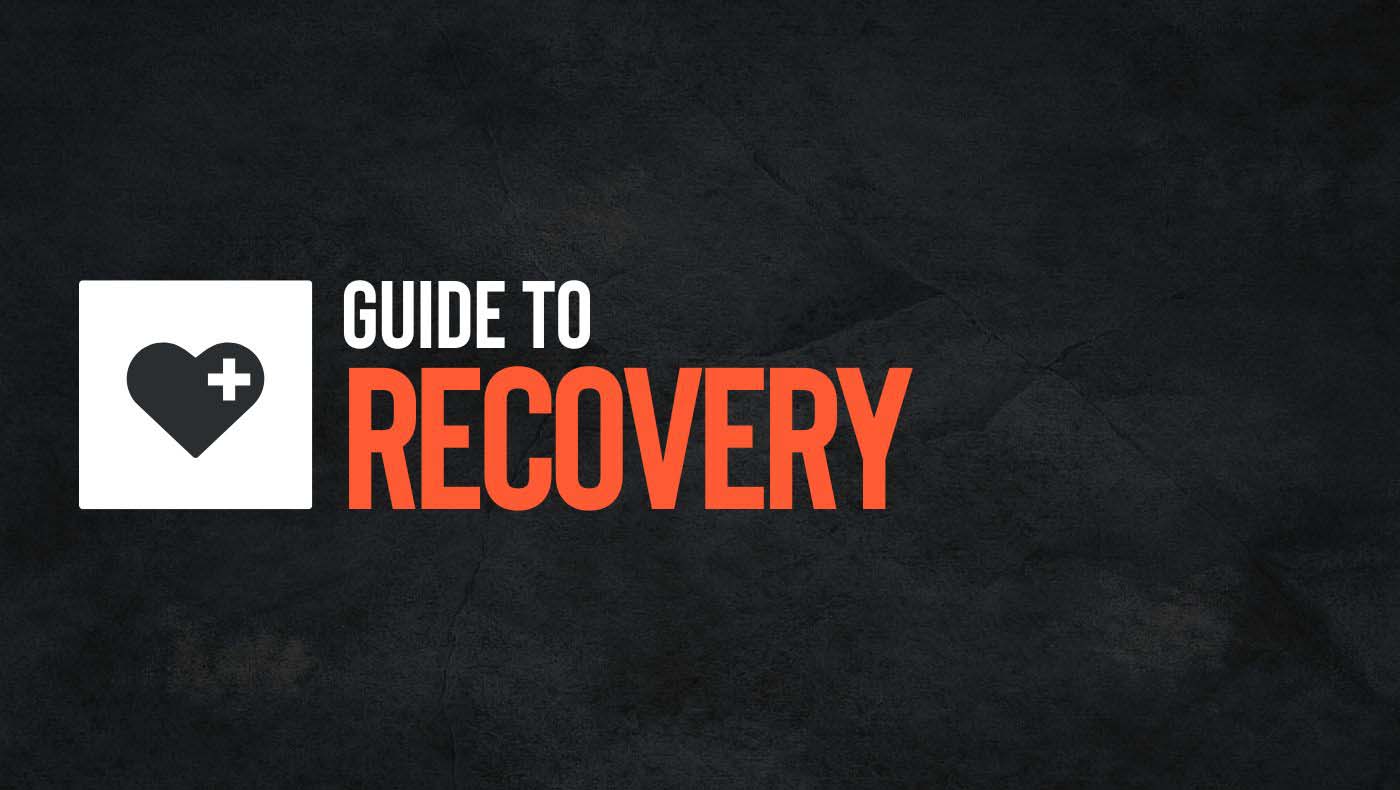
The Endurance Athlete's Guide to Recovery
According to Sports Nutritionist and researcher Dr. Tim Podlogar, one of the biggest mistakes inexperienced athletes make after a training session is delaying recovery nutrition.
They get home, take a shower, clean their gear, and only then start preparing a meal.
By waiting to eat, they have missed the critical recovery window.
What Is Recovery?
In endurance sports, recovery refers to the strategies used after training or a race to help the body restore its balance (homeostasis) and recuperate from and adapt to the stress it just went through.
Sleep, massage, stretching, foam rolling, and mindfulness are all recovery strategies. However, nutrition is one of the most vital parts of recovery.
There are three goals to recovery:
- Replenish glycogen stores
- Rebuild muscles
- Rehydrate
Let’s break down how each of these goals contributes to an effective recovery.
1. Replenish Glycogen
Why:
The body stores carbohydrates in the form of glycogen in the liver and muscles to use for energy during exercise. However, endurance sports require so much energy that the body can quickly deplete its glycogen stores, leaving it low on energy.
Without adequate glycogen, the body will start to preserve energy by slowing non-essential functions and may also start to break down muscle tissue for energy.
This is why it's so important for endurance athletes to replenish glycogen stores quickly by consuming carbohydrates. Failure to do so can cause performance to suffer and also be disastrous for the body in other ways.
For example, Dr. Podlogar is convinced that the immune system drop that some athletes experience is actually related to insufficient carbohydrate intake during recovery and almost never to insufficient fruit and vegetable intake.
Read more about glycogen in our fueling guide.
When:
To replenish glycogen stores, athletes should consume carbohydrates within 30 minutes of completing their workout. During this period, muscles are primed to absorb carbohydrates. If you wait longer than 30 minutes, you miss a key recovery window.
What:
To replenish glycogen stores after intense exercise, consume 1 to 1.2 grams of carbohydrates per kilogram of bodyweight, per hour, for the first four hours. After this period, return to normal carbohydrate intake.
Interestingly, there is some research that shows a lower amount of carbohydrates is sufficient when athletes combine protein and carbohydrates: 0.8-1g/kg of carbohydrates is adequate if you also consume protein during recovery.
Choose “fast” carbohydrates because they are absorbed by the body faster. Ideally, these fast carbohydrates should be a combination of glucose and fructose. The combination allows you to maximize carbohydrate intake and glycogen replenishment, which is why they are used together in Nduranz products.
Confused about carbs? Read our guide to carbohydrates.
2: Rebuild Muscle
Why:
Intense exercise puts heavy strain on your muscles, causing micro-tears in muscle fibers. The body needs protein to help rebuild these damaged muscle tissues, including damage to mitochondria, which are the “powerhouses” of cells that generate most of the energy needed for aerobic activity.
Consistent training and proper nutrition over time can increase both the number and efficiency of mitochondria. More mitochondria means increased energy production, leading to improved performance during endurance events like marathons or triathlons.
Without sufficient protein intake during recovery, this would not occur.
When:
There is no strict time window for consuming protein after exercise. However, you should ideally consume protein along with carbohydrates, which has a 30 minutes post-exercise recovery window.
What:
Aim to consume 20 to 30 grams of high-quality protein. You should ingest as many essential and non-essential amino acids as possible, so choose a protein supplement that has a full amino acid spectrum.
Of all the complete proteins, whey is the most studied. Because of this, Nduranz uses whey in its recovery products.
Pro Advice: After high-intensity training sessions, focus on consuming more carbs to refill your glycogen stores. Following a low-intensity training session, focus on consuming fewer carbs and more protein to help repair your muscle fibers
3. Rehydrate
Why:
Endurance athletes can sweat out more than two liters of fluids per hour during intense exercise and lose essential electrolytes in the process.
Even when athletes start off hydrated and consume electrolyte-enhanced fluids during the event, some level of dehydration is almost inevitable. Proper hydration is vital for all body functions, including replenishment of glycogen stores and supporting muscle repair. Thus, rehydration is a crucial part of recovery nutrition.
When:
Start rehydrating immediately after the endurance activity. Continue rehydrating until you are back to your pre-event weight and your urine is a clear or light color.
What:
Rehydrate with fluids containing electrolytes in order to restore both water and essential salts lost through sweat. However, it’s important that you consume the electrolytes that your body actually lost during exercise.
Many sports and recovery drinks overdo certain electrolytes (particularly magnesium) that your body doesn’t lose much of during exercise. This can actually disrupt your electrolyte balance instead of helping it.
Recovery Is Key to Long-Term Performance
The importance of recovery shouldn’t be underestimated. There is mounting evidence that overtraining syndrome—a condition where exercise harms the body instead of helping it—might be the result of chronic under-recovery.
Further, adaptations to training don’t occur during the workout: adaptation occurs during recovery.
Ignoring recovery, especially during the key recovery window, can hinder your progress and prevent your body from becoming more resilient to the demands of exercise.
The bottom line?
Don’t skimp on recovery. Your body deserves it and your long-term performance depends on it.
